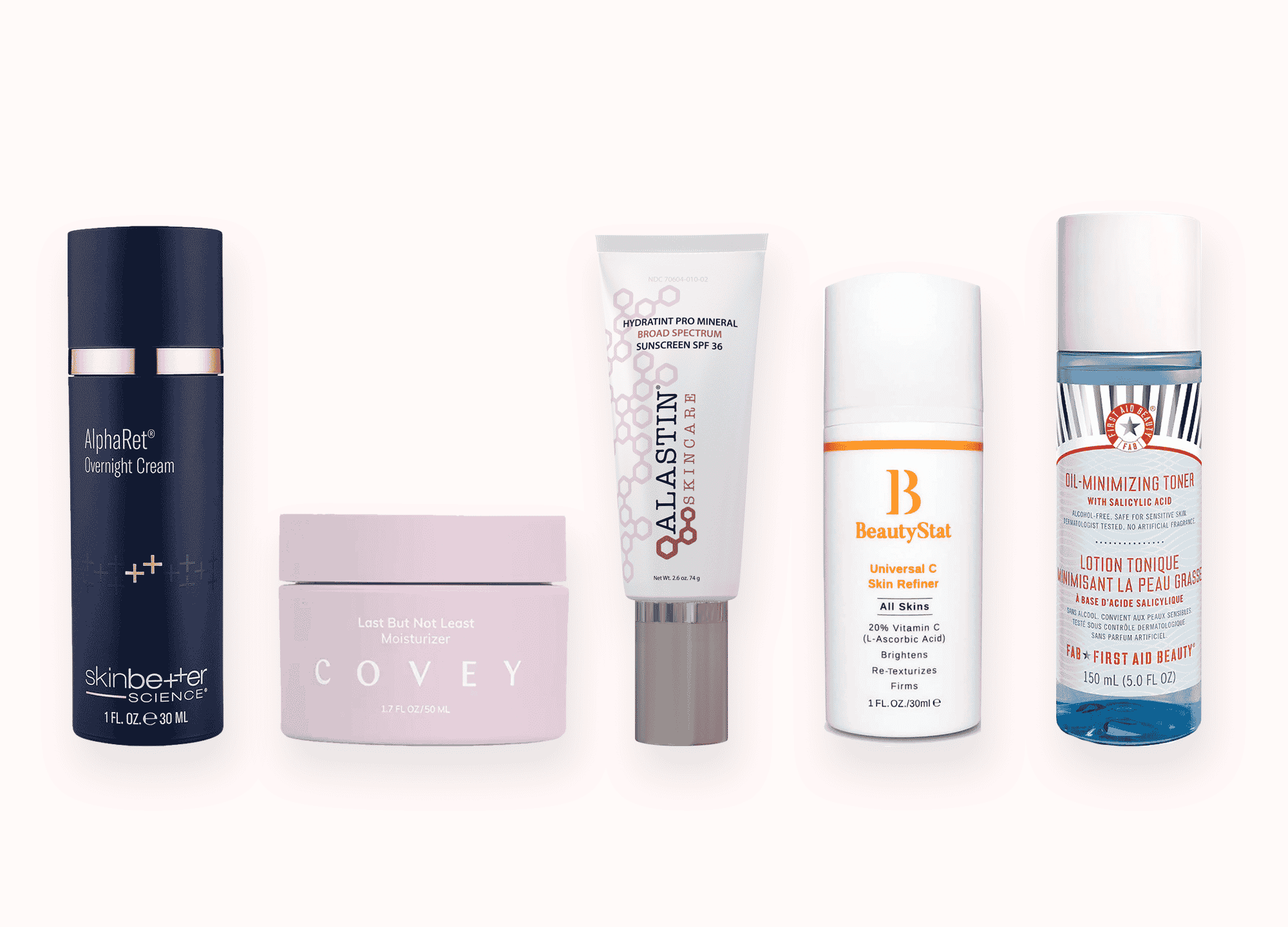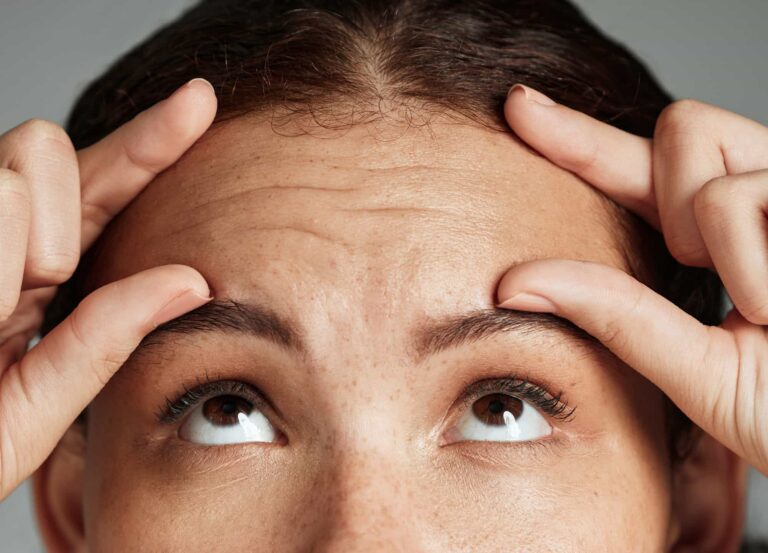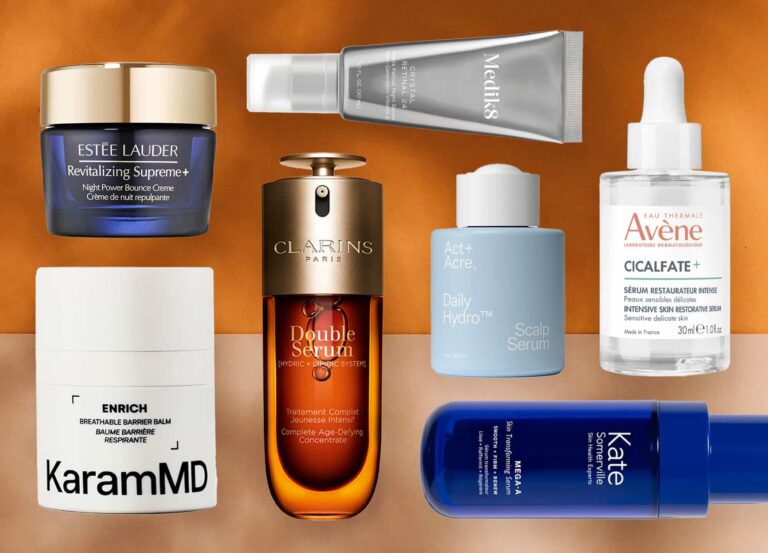The days are long, the temperatures are skyrocketing, the rosé is flowing—all signs that summer has officially arrived. And just like you swap out your wardrobe as the seasons change, it’s time to change up your skin-care regimen too. But don’t stress: there’s no need to completely overhaul your product protocol—a few simple tweaks are all it takes to create the perfect summer skin-care routine. Ahead, top derms reveal exactly how to do so and give some of their favorite summer skin-care tips.
Daytime summer skin-care routine
Load up on antioxidants
A good antioxidant serum is a year-round staple, but it’s paramount when we’re spending more time outdoors. Antioxidants help neutralize the damaging (and aging) free radicals caused by environmental factors such as pollution and UV rays, both of which we’re exposed to more during the summer, explains Dr. Elizabeth Hale, a board-certified dermatologist in New York City. You can use one at night, though you’ll get the biggest bang for your buck by applying it in the morning, under sunscreen, so it can act as an extra layer of defense, she says.
There are plenty of options to choose from, but Dr. Amy Ross, a board-certified dermatologist in Palm Harbor, Florida, recommends a vitamin C serum. Not only is the ingredient a potent antioxidant, but it also has the added benefit of helping to combat hyperpigmentation, another issue more likely to crop up during the summer, she says. Find it in BeautyStat Universal C Skin Refiner ($80).
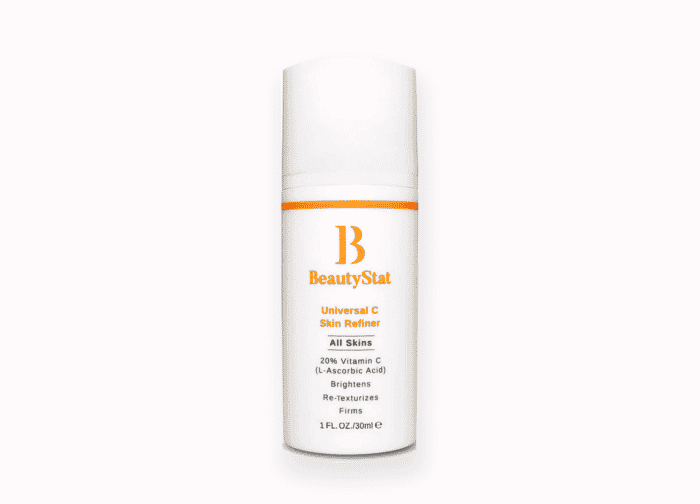
Lighten up on moisturizer
It can be tempting to skip moisturizer when it’s muggy outside and your face constantly feels sticky, but you should resist the urge. “Your skin needs moisture to stay healthy, so you really should use a moisturizer year-round,” says Dr. Ross. (And yes, that applies to all skin types.) And while dry skin is more likely in the winter, there are still factors at play during the summer that can dry out your skin—namely, sun, chlorine, and salt water, says New York City board-certified dermatologist Dr. Julie Russak. Rather than forgo moisturizer entirely, simply change up the formula.
Ditch thicker creams or balms, which are too occlusive for hot, humid weather, in favor of lightweight, oil-free, water-based gels or lotions, advises Dr. Russak. Think of it as the equivalent of swapping a thick wool turtleneck for a cotton tank top—you’re still wearing a shirt; it’s just one that’s way more seasonally appropriate. Key ingredients to look for include hydrating glycerin and hyaluronic acid, humectants that attract water to and hold it in the skin but don’t feel thick or heavy, she says.
Two to try: Covey Last But Not Least Moisturizer ($49) and CeraVe AM Facial Moisturizing Lotion ($19). And if you have oily skin and you really don’t want to apply moisturizer, you can skip it in the morning, so long as you apply it in the evening instead, says Dr. Ross.
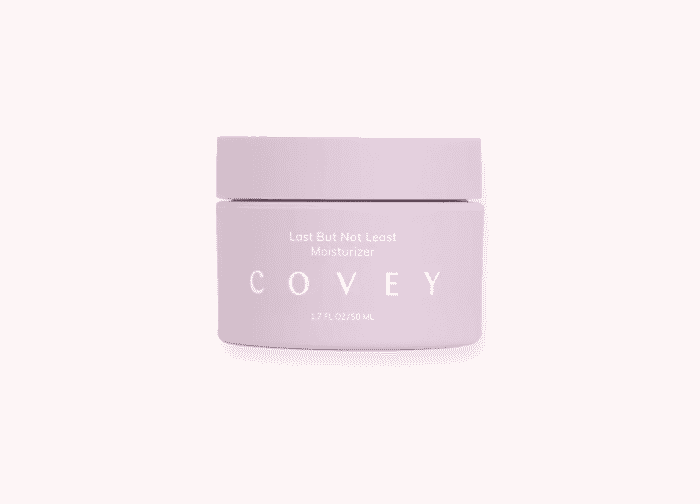
Don’t skimp on sunscreen
At the risk of seeming obvious, it’s more important than ever to wear sunscreen. While you should absolutely be using an SPF 30 broad-spectrum sunscreen 365 days a year, it’s essential to be extra diligent about sun protection during the summertime, when we’re all spending more time outdoors, says Dr. Hale. Plus UVB rays, those responsible for sunburn, are stronger during the summer. Still, “people need to remember that sun damage is cumulative. It occurs and adds up even from short amounts of unprotected sun exposure,” she cautions. If you’re spending most of the day indoors, the same SPF 30 sunscreen you reach for year-round is sufficient. (You need it even if you’re indoors because UVA rays can penetrate through glass.) We like Alastin HydraTint Pro Mineral Broad Spectrum Sunscreen SPF 36 ($60) for daily use.
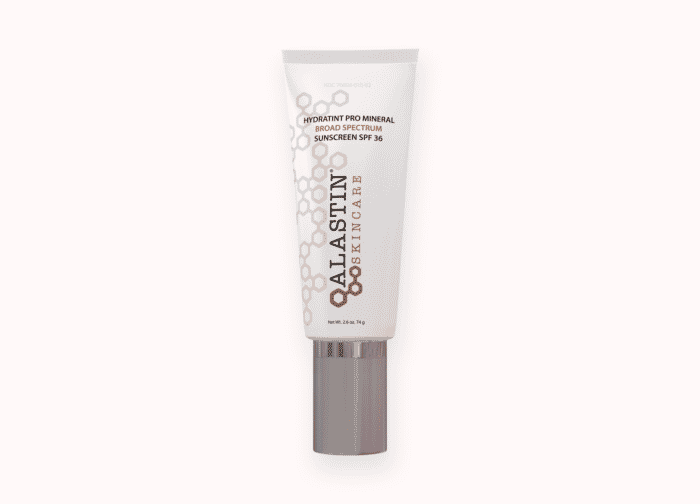
However, if you’re going to be outside for a prolonged period of time, step it up to a formula with an SPF of 50, like Neutrogena Clear Face Liquid Sunscreen Lotion SPF 50 ($13). “While the increase in the amount of protection is, technically, minimal, most people don’t apply or reapply enough to get the SPF level noted on the bottle, making it a good idea to err higher,” Dr. Hale explains. And to the point of reapplying: when you’re outdoors, do your best to do so every two hours. Dr. Hale likes easy-to-use brush-on mineral powders for this purpose. Try Colorescience Sunforgettable Total Protection Brush-On Shield SPF 50 ($69).
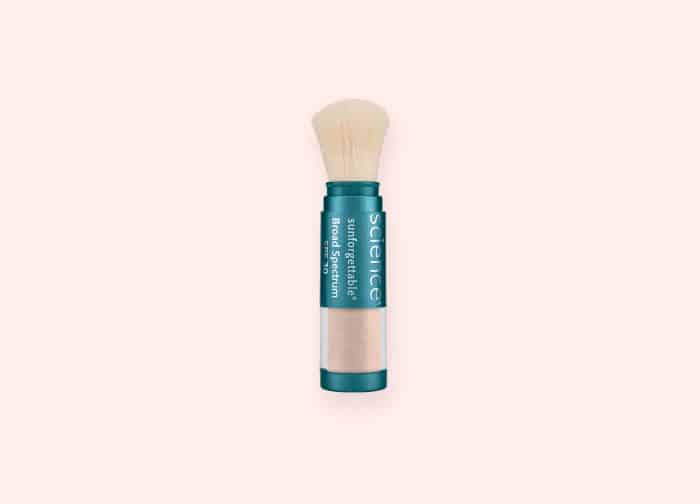
Nighttime summer skin-care routine
Switch up your cleanser
Warm weather means there’s more sweat and oil on our skin, which equals a higher potential for clogged pores and breakouts. As such, “You’ll want to use a slightly more powerful cleanser at night, to help thoroughly remove sunscreen, makeup, and excess oil,” says Dr. Russak. (Think foaming gels over creamy milks or cleansing balms—or an exfoliating cleanser that will be better able to cut through all the gunk and grime as well as dissolve dead skin cells.) She recommends SkinCeuticals LHA Cleanser Gel ($41). And particularly if you’re acne-prone, you can also try following up your cleanser with an exfoliating toner, to help ensure your skin is completely clean. We like First Aid Beauty Oil-Minimizing Toner ($24), which contains oil-dissolving salicylic acid to further help keep your pores clear and breakouts at bay.

Add in actives
The summer months are a good time to incorporate more powerful ingredients and formulations into your skin-care routine. “Our skin tends to be more compromised in the winter, upping the likelihood of actives’ causing irritation,” explains Dr. Hale. Your skin may actually be better able to tolerate things retinoids and AHAs such as glycolic acid during the summer, she says. She likes SkinBetter AlphaRet Overnight Cream ($125), which combines both glycolic acid and a retinoid.
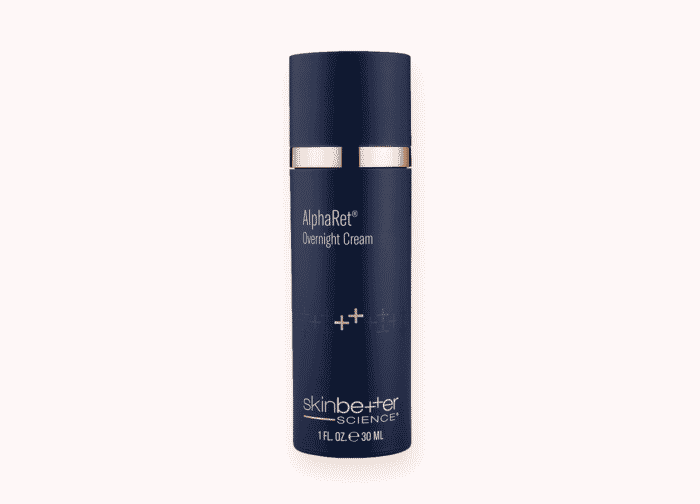
The caveat: most of these ingredients also make your skin more sensitive to the sun—even more reason to really be on top of your sunscreen game. As far as retinoids go, if you’re not yet using one, you’ll ideally want to start in the spring. Your skin will be most sun sensitive during the period of retinization—the technical term for what’s happening when your skin is acclimating to the ingredient—which happens during the first few weeks of use, says Dr. Hale. Starting before summer is in full swing will give you some buffer time, though again, sunscreen application is a nonnegotiable.







